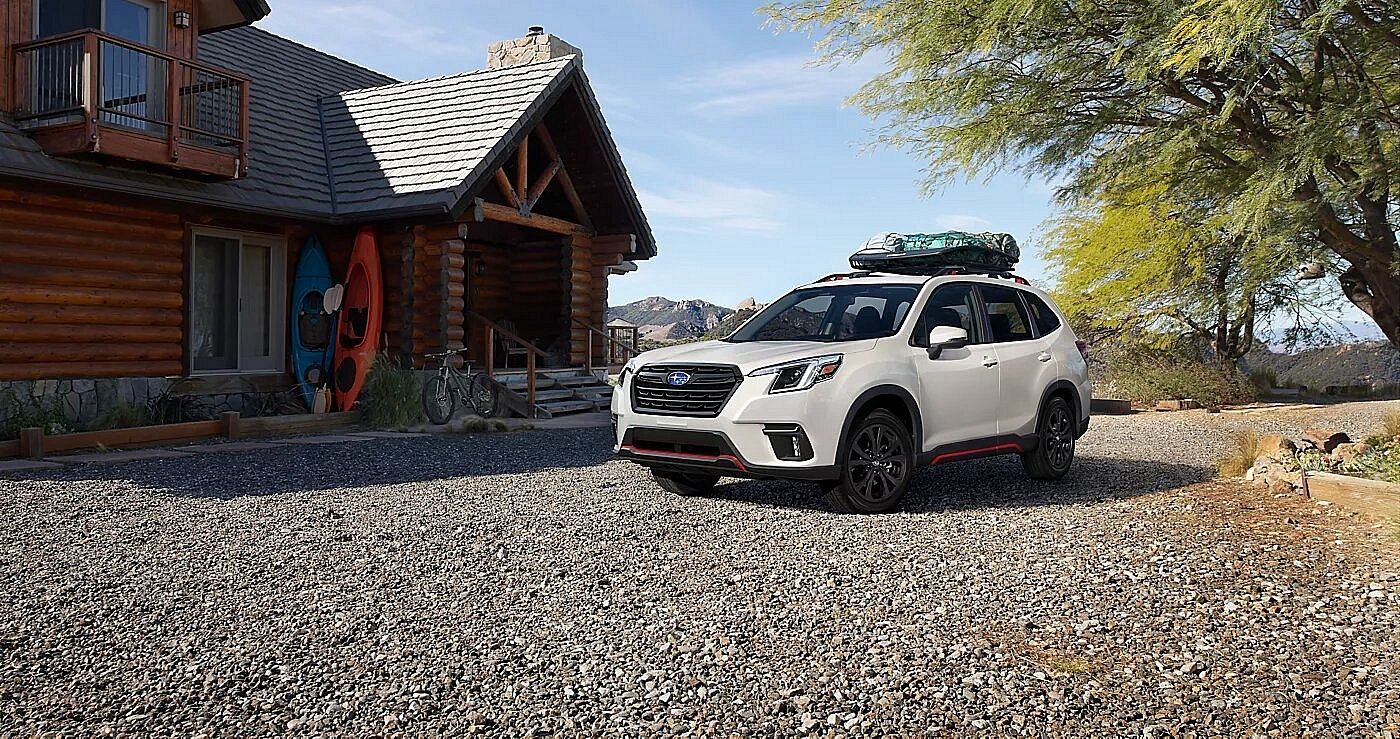
The IIHS says they can save 1,500 lives a year. The Insurance Institute for Highway Safety says they aim to do so by pushing manufacturers to improve their seatbelt reminders. IIHS President David Harkey stated that "Our research shows that effective seat belt reminders can also save lives by getting those who aren't diligent about belt use to buckle up. These new ratings are designed to push manufacturers to realize that potential."
So, the IIHS went out and conducted a study to see who's up to snuff in two of America's most popular vehicle segments: small and midsize SUVs. For reference, that segment includes crossovers like the Mitsubishi Outlander, Toyota RAV4, and the two vehicles we're going to discuss today: The Subaru Forester and Subaru Ascent.
Here's how the test worked. Current federal regulations stipulate that seat belt reminders must make some kind of noise (usually an intolerable beeping) for at least 4-8 seconds total, with a visual alert for at least 60 seconds total. The current study rates seat belt reminders from good, to acceptable, then marginal, and finally, poor. "Good" belt reminders both make sound and show some sort of visual warning for around 90 seconds while the car is moving above 6mph. From there, things decline until reaching the federal regulations specified above, with "poor" cars meeting the minimum federal standards.
That leaves us with the Ascent and Forester. Unlike any of the other 24 vehicles tested, like the Toyota RAV4 and Volkswagen Atlas, only those two met the standards. The IIHS said that both Subies had audible alerts that we perceive as roughly four times louder than ambient vehicle noise. In other words, the Forester and Ascent sound like an alarm clock after a night out if you don't buckle up.
The IIHS said that their previous research has shown that more noticeable alerts in both categories can help increase belt use by up to 34%. Additionally, the institution says that in order for OEMs to remedy their worse-than-good ratings, all that's needed is a simple software update. That means integration would be cheap for manufacturers. Alternatively, the IIHS says simply lengthening the duration of warnings could help.
